
The Most Beautiful Historical Buildings In NYC
New York City, a bustling metropolis, is not only the epitome of modernity but also a sanctuary of history encapsulated within its iconic buildings. Each structure tells a story, offering a glimpse into the past that shaped the present. Join us on a journey through time as we explore the most historic buildings in New York, each a chapter in the city's rich tapestry.
New York Stock Exchange (NYSE)
At the heart of the financial world lies the New York Stock Exchange, a beacon of capitalism and economic prowess. Located on Wall Street, the NYSE is not just a building; it's the epicenter of global finance. Established in 1792, the current classical edifice was completed in 1903, showcasing grandeur with its Corinthian columns and imposing facade. It stands as a testament to the economic transformations that have occurred over centuries, witnessing booms and crashes that have shaped the world's economy. The NYSE is more than a place where stocks are traded; it symbolizes the American dream of prosperity and success.
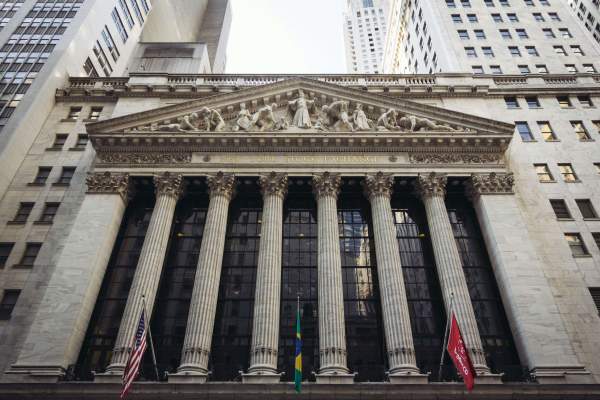
Photo: unsplash.com/@eidsvold
St. Patrick's Cathedral
A spiritual oasis amidst the hustle and bustle of Fifth Avenue, St. Patrick's Cathedral is a masterpiece of Gothic Revival architecture. Since its dedication in 1879, it has stood as a symbol of faith and resilience.

Photo: unsplash.com/@winstonchen
The New York Public Library
The New York Public Library, with its majestic lions guarding the entrance, is a beacon of knowledge and culture. Opened in 1911, its grandeur and vast collections have made it a vital institution for scholars and book lovers alike.
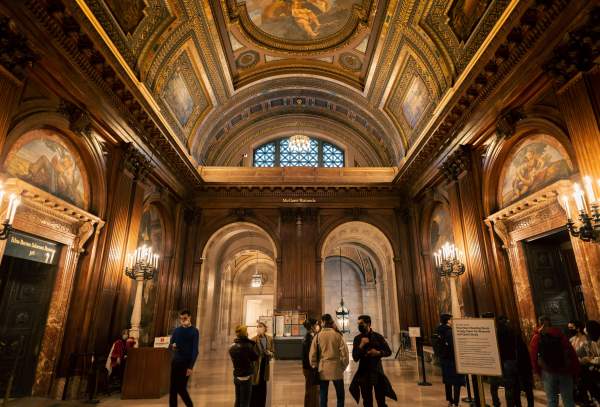
Photo: unsplash.com/@profwicks
Grand Central Terminal
More than just a transportation hub, Grand Central Terminal is an architectural marvel and a testament to New York's golden age of rail. Its celestial ceiling and opulent interiors have captivated visitors since its opening in 1913.

Photo: unsplash.com/@lordesigner
Radio City Music Hall
Radio City Music Hall, an entertainment venue that is as much a part of New York's identity as the Statue of Liberty, is renowned for its Art Deco elegance. Opened in 1932, it was designed as a palace for the people, offering high-quality entertainment in a luxurious setting. Known as the "Showplace of the Nation," Radio City Music Hall has hosted countless concerts, stage shows, and special events. Its grand auditorium and opulent interior details, including the dramatic staircase and the stunning mural in the main foyer, reflect the optimism and artistic creativity of the era. Home to the Rockettes and the venue for the Christmas Spectacular, Radio City Music Hall continues to be a beacon of American entertainment.
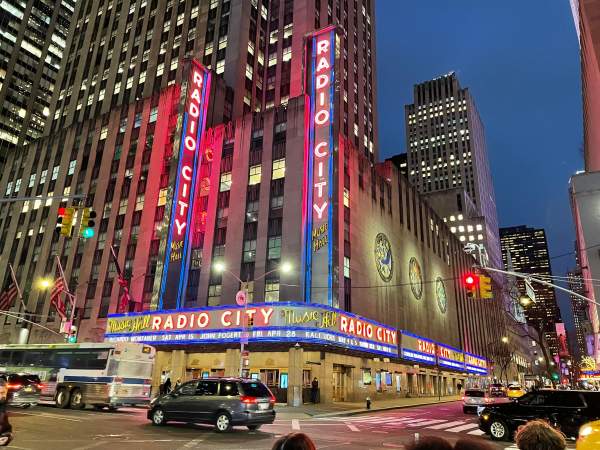
Photo: unsplash.com/@consultoradeve
One Times Square
One Times Square, originally known as the Times Building, holds a place of distinction in New York's skyline not for its height or architectural innovation but for its cultural significance. Completed in 1904 to serve as the headquarters for The New York Times, this building gave Times Square its name. Although no longer home to the newspaper, One Times Square plays a central role in New Year's Eve celebrations, with the annual ball drop attracting millions of viewers worldwide. This tradition, which began in 1907, has turned One Times Square into a symbol of renewal and celebration, making it an iconic landmark in the city's cultural fabric.

Photo: unsplash.com/@patrissi
The Chrysler Building
An architectural jewel of the Art Deco era, the Chrysler Building is renowned for its stunning terraced crown. Completed in 1930, it reflects the automotive success of its namesake and stands as a monument to the innovation and optimism of the era.
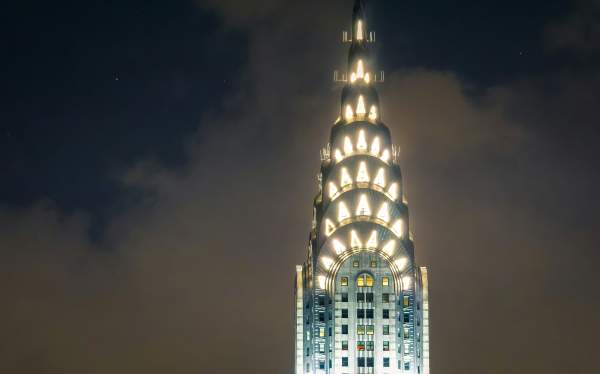
Photo: unsplash.com/@clayleconey
The Flatiron Building
With its unique triangular shape, the Flatiron Building was one of the city's first skyscrapers. Erected in 1902, it's a symbol of New York's architectural ingenuity and a precursor to the modern skyline.

Photo: unsplash.com/@bradders2106
Trinity Church
Trinity Church, with its Gothic Revival architecture, has been a significant presence in Lower Manhattan since the first church building was chartered in 1697. The current structure, completed in 1846, stands as a testament to the city's spiritual history and its resilience over time. Trinity Church has witnessed many of New York's key historical moments and continues to serve as a community hub, offering solace and reflection amidst the city's fast-paced environment.

Photo: unsplash.com/@rwlinder
The Metropolitan Museum of Art
The Metropolitan Museum of Art, often referred to as "The Met," is not just a building; it's an institution that houses over two million works of art spanning 5,000 years of world culture. Founded in 1870 and opened in its current location in Central Park in 1880, The Met's Beaux-Arts Fifth Avenue facade and Great Hall entrance are iconic symbols of New York's commitment to cultural enrichment. The museum's vast collection and special exhibitions draw millions of visitors from around the globe, making it a pivotal point for international art appreciation.
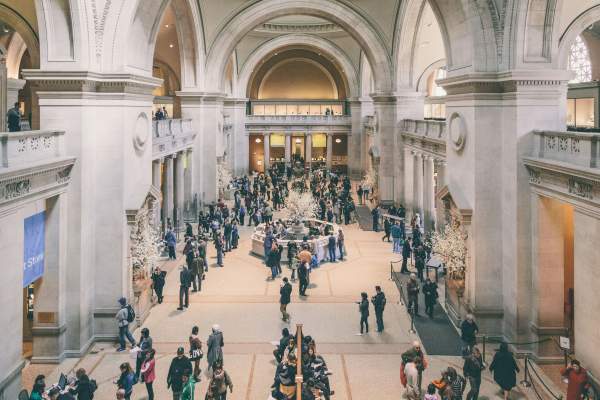
Photo: unsplash.com/@eidsvold


